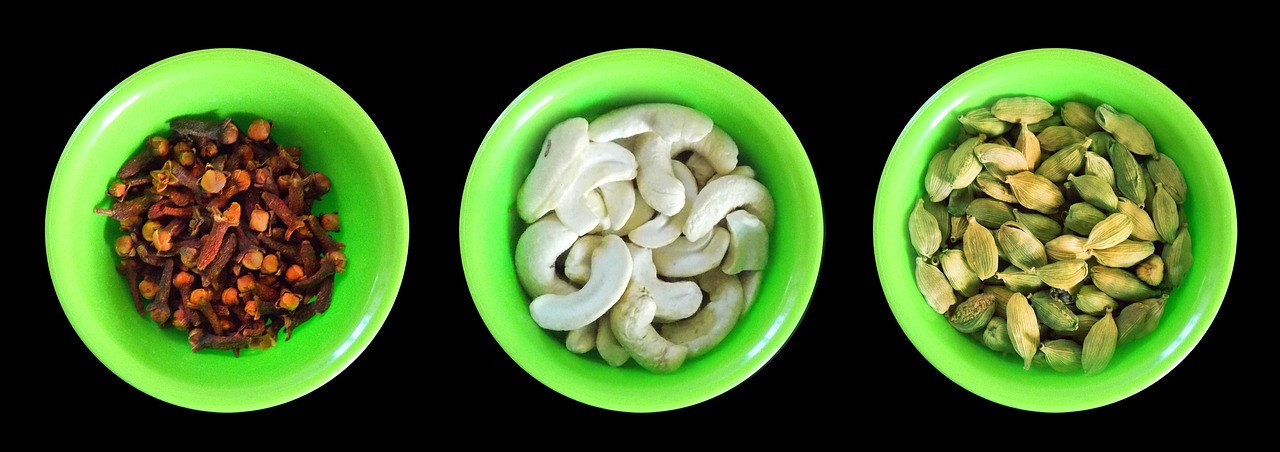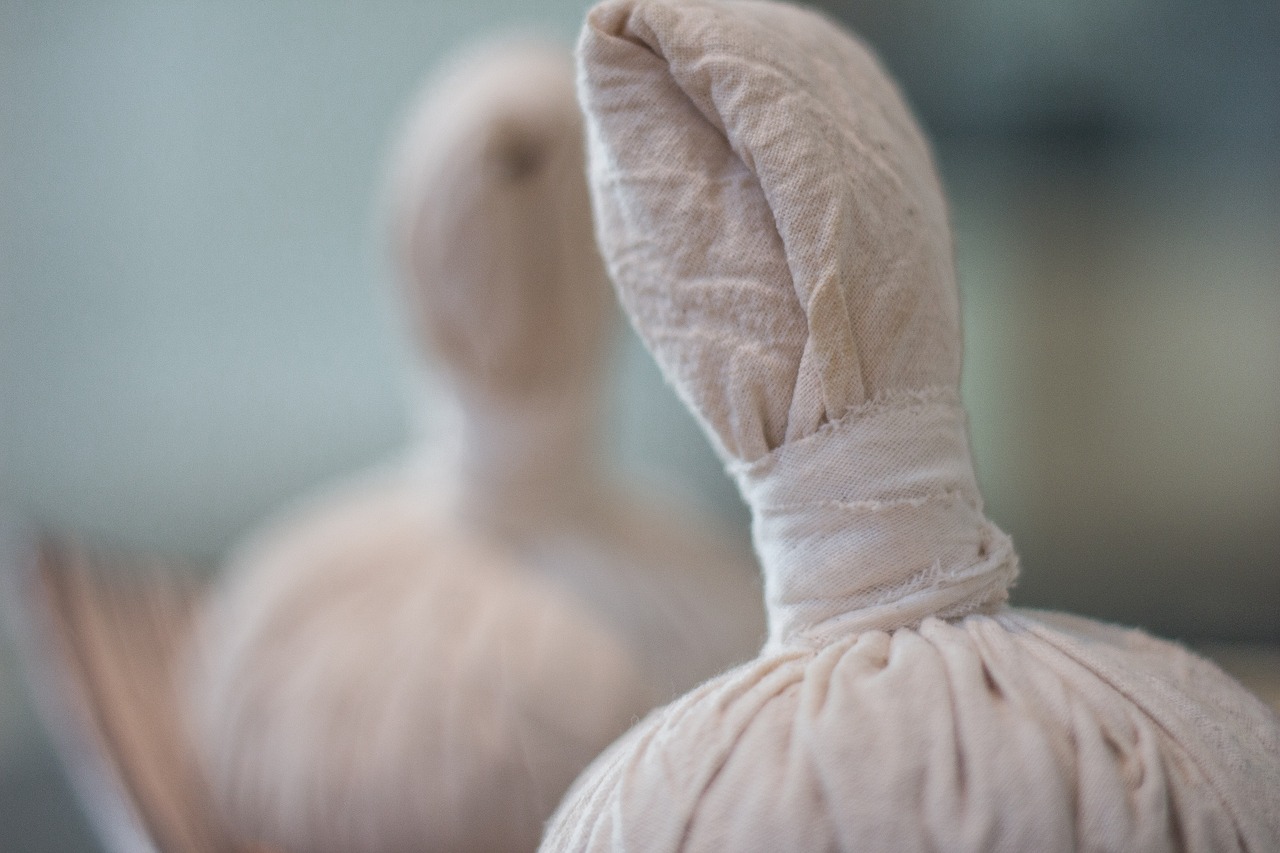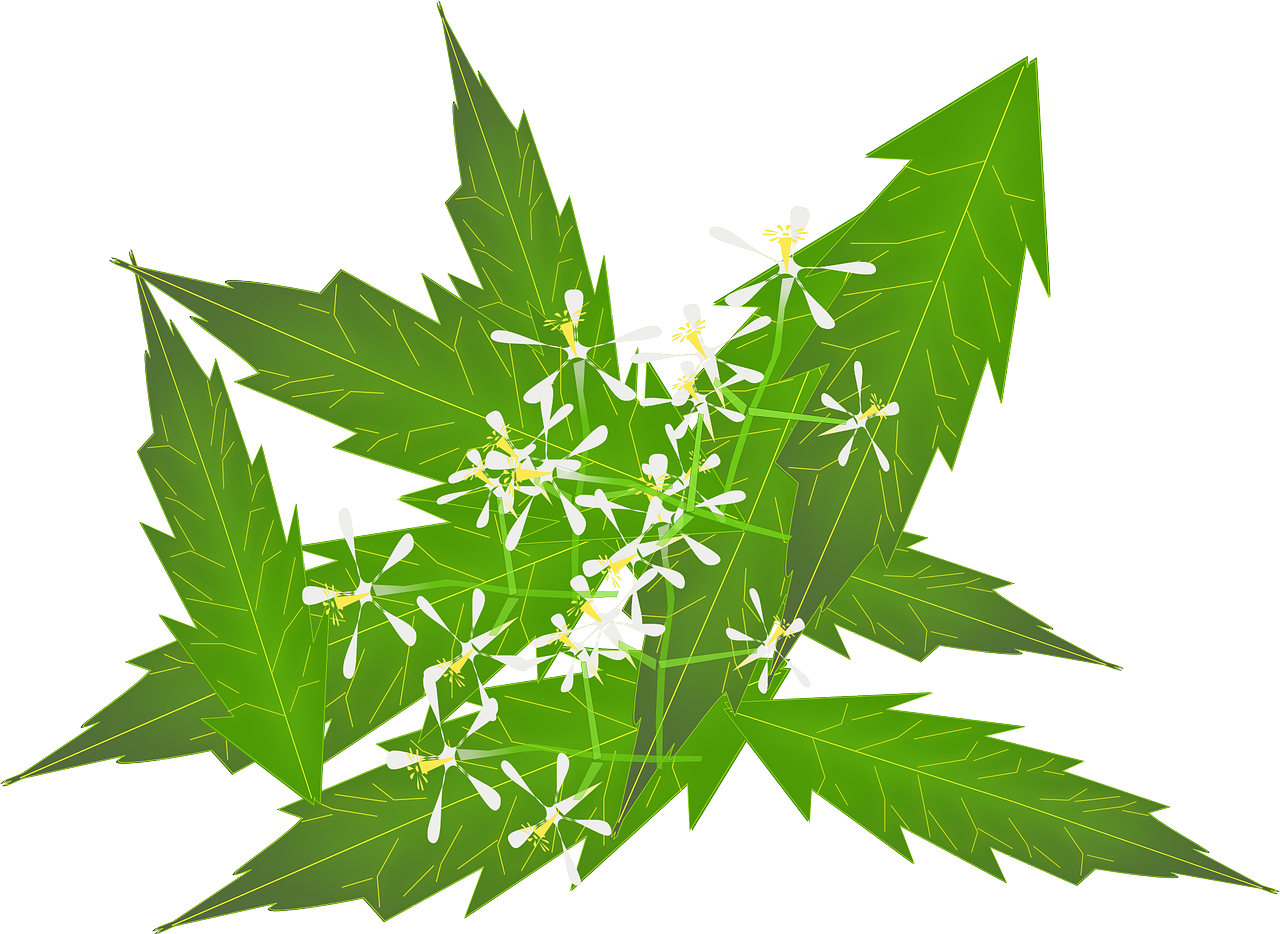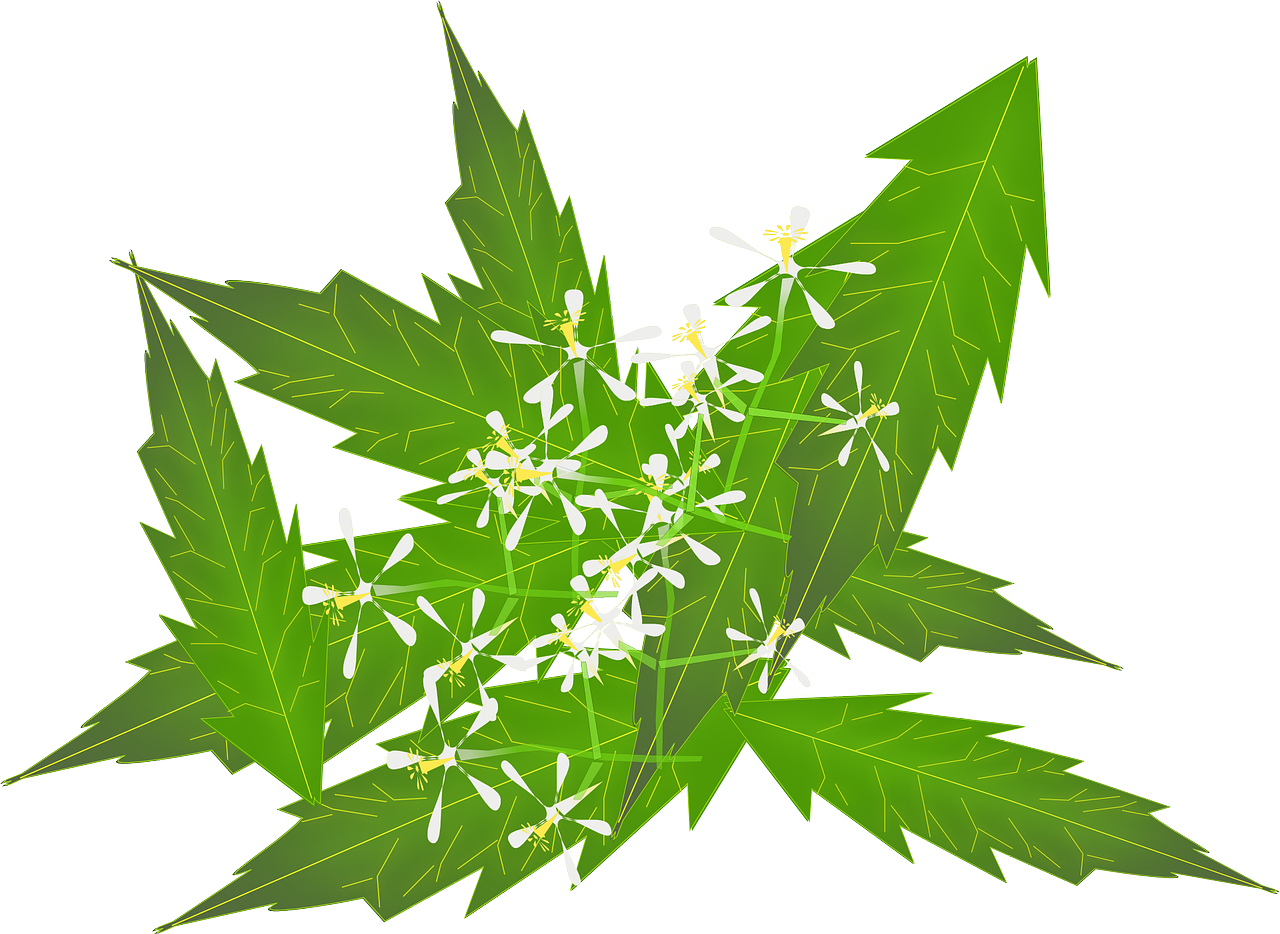Come embark on a fascinating journey into the depths of ancient Indian medicine as we explore the captivating world of Ayurvedic texts. Discover the linguistic and literary treasures of India’s rich cultural heritage, where Sanskrit, classical epics, and contemporary authors converge to create a tapestry of ancient wisdom. Immerse yourself in the literature of ancient Indian medicine and uncover the timeless knowledge that has been passed down through generations, shaping the holistic principles of Ayurveda that are embraced even today. Welcome to the literature of ancient Indian medicine: Ayurvedic texts.

The Origin and Development of Ayurveda
Ayurveda, the traditional system of medicine in India, has a rich and ancient history that dates back thousands of years. The origins of Ayurveda can be traced back to the Vedas, the sacred texts of ancient Indian wisdom. These texts, written in Sanskrit, contain a vast body of knowledge encompassing various fields of study, including medicine. The Vedas serve as the foundation upon which Ayurveda was built, and they continue to be revered as authoritative sources of knowledge in the field.
The Vedas and Ayurveda
The Vedas, consisting of four main texts – the Rigveda, Yajurveda, Samaveda, and Atharvaveda, are considered the oldest and most sacred scriptures of Hinduism. It is in these texts that we find the earliest mention of Ayurveda. The Rigveda, in particular, contains hymns and verses dedicated to medicinal herbs and plants, emphasizing the importance of their healing properties.
The Charaka Samhita
One of the most important and influential texts in Ayurvedic medicine is the Charaka Samhita. It is attributed to Charaka, a renowned ancient physician who lived around the 2nd century BCE. The Charaka Samhita is a comprehensive treatise on different aspects of medicine and covers topics such as anatomy, physiology, diagnosis, and treatment. It serves as a guidebook for practitioners of Ayurveda and provides detailed information on various diseases and their remedies.
The Sushruta Samhita
Another significant Ayurvedic text is the Sushruta Samhita, attributed to Sushruta, an ancient sage who is regarded as the father of surgery in Ayurveda. The Sushruta Samhita focuses on surgical procedures and techniques and provides detailed instructions for the treatment of various conditions requiring surgical intervention. It includes descriptions of instruments, suturing techniques, and even cosmetic surgery procedures like rhinoplasty.
The Vedas and Ayurveda
The Rigveda and Ayurveda
Among the four Vedas, the Rigveda contains several hymns dedicated to the use of plants for healing purposes. These hymns praise the medicinal qualities of various herbs and highlight their importance in maintaining health and curing diseases. The Rigveda also mentions the use of certain rituals and prayers as a means of healing and restoring balance to the body.
The Atharvaveda and Ayurveda
The Atharvaveda, the last of the four Vedas, is often considered the most closely associated with Ayurveda. It contains numerous verses and incantations for healing, protection against diseases, and promoting overall well-being. The Atharvaveda mentions herbal remedies, magical incantations, and even surgical procedures, providing further evidence of the deep connection between Ayurveda and this Veda.

The Charaka Samhita
Authorship and Composition
The Charaka Samhita is traditionally attributed to Charaka, a renowned ancient physician. However, it is important to note that the text has undergone revisions and additions over time, with various scholars and practitioners contributing to its content. The current version of the Charaka Samhita consists of eight sections, known as Sthanas, and is believed to have been compiled around the 2nd century BCE.
Content and Structure
The Charaka Samhita covers a wide range of topics related to medicine and healthcare. It includes detailed descriptions of anatomy, physiology, and pathology, along with diagnostic methods and principles of treatment. The text also addresses preventive medicine and emphasizes the importance of maintaining a balanced lifestyle and following a proper diet to prevent diseases. The Charaka Samhita is written in a concise and systematic manner, making it accessible to both experienced practitioners and those new to Ayurveda.
Major Sections
The Charaka Samhita is divided into eight major sections, each focusing on a specific aspect of medicine. These sections cover topics such as general principles of medicine, etiology, pathology, diagnosis, and treatment of diseases. The text also discusses various aspects of surgery, toxicology, pediatrics, and geriatrics. Each section provides valuable insights into the ancient Indian understanding of these medical disciplines and offers practical guidance for the practice of Ayurveda.
The Sushruta Samhita
Authorship and Composition
The Sushruta Samhita is attributed to Sushruta, a renowned ancient physician and surgeon. Like the Charaka Samhita, the Sushruta Samhita has evolved over time, with additions and revisions by different scholars. The current version of the text is believed to have been compiled around the 6th century BCE, making it one of the earliest complete treatises on surgery in the world.
Content and Structure
The Sushruta Samhita primarily focuses on surgical procedures and techniques. It provides detailed descriptions of various surgical instruments, suturing methods, and the treatment of different conditions requiring surgical intervention. The text also covers topics such as anatomy, embryology, and the management of traumatic injuries. In addition to surgical knowledge, the Sushruta Samhita also includes sections on general medicine, toxicology, and hygiene.
Influence on Surgery
The Sushruta Samhita is considered a landmark in the history of surgery. It introduced numerous innovative surgical techniques, such as plastic and reconstructive surgery, in addition to setting guidelines for anesthesia and preoperative preparation. The text also emphasizes the importance of hygiene and asepsis in surgical procedures, contributing to a significant reduction in post-operative infections. Many of the concepts and techniques described in the Sushruta Samhita continue to be practiced in modern surgical settings.

Other Ayurvedic Texts
In addition to the Charaka Samhita and the Sushruta Samhita, there are several other important Ayurvedic texts that have played a crucial role in the development and dissemination of Ayurvedic knowledge. These texts include:
The Ashtanga Hrudaya
Authored by the ancient sage Vagbhata, the Ashtanga Hrudaya is a concise yet comprehensive compendium of Ayurvedic medicine. It covers a wide range of topics including general principles, diagnosis, treatment, and the management of specific diseases.
The Ashtanga Sangraha
Written by Vagbhata’s disciple, the Ashtanga Sangraha is a more detailed and expanded version of the Ashtanga Hrudaya. It delves deeper into the subjects of physiology, pathology, and treatment modalities described in the Ashtanga Hrudaya.
The Bhava Prakasha
The Bhava Prakasha, attributed to Bhavamishra, is a comprehensive text that covers various aspects of Ayurvedic medicine, including pharmacology, toxicology, and the treatment of diseases. It provides detailed descriptions of medicinal plants and their therapeutic uses.
The Madhava Nidanam
Authored by Madhavakara, the Madhava Nidanam focuses on the diagnosis of diseases. It provides elaborate descriptions of the signs and symptoms of various ailments, along with differential diagnoses and prognoses.
The Kashyapa Samhita
The Kashyapa Samhita, believed to be one of the oldest Ayurvedic texts, contains a wealth of knowledge on medicine and surgery. It covers a wide range of topics, including pediatric care, gynecology, and obstetrics.
The Language and Style of Ayurvedic Texts
Sanskrit in Ayurvedic Literature
Sanskrit is the language in which Ayurvedic texts were originally written. Sanskrit is revered as a sacred language, and its rich vocabulary and grammar make it well-suited for expressing complex concepts. The use of Sanskrit in Ayurvedic literature ensures precision and clarity in conveying medical knowledge and principles.
The Use of Prose and Verse
Ayurvedic texts employ a combination of prose and verse to convey information. Prose is used for presenting detailed descriptions and explanations, while verses are utilized to convey concise and memorable wisdom. The poetic nature of the verses aids in memory retention and facilitates the transmission of Ayurvedic knowledge through oral tradition.
Technical Terminology
Ayurvedic texts utilize a specialized and technical terminology to describe various concepts and principles. This terminology is rooted in the philosophical and metaphysical foundations of Ayurveda and provides a precise and standardized language for discussing medical concepts. Understanding and mastering the technical terminology is essential for a comprehensive understanding of Ayurvedic texts.
The Concepts and Principles of Ayurveda
The Panchamahabhutas
According to Ayurveda, the universe is composed of five fundamental elements known as the Panchamahabhutas. These elements are space (Akasha), air (Vayu), fire (Agni), water (Jala), and earth (Prithvi). It is believed that these elements combine in various proportions to form the Doshas, which are the functional energies that govern the body and mind.
The Tridosha Theory
The Tridosha theory is a fundamental concept in Ayurveda that states that the body and mind are governed by three primary Doshas: Vata, Pitta, and Kapha. Each Dosha represents a unique combination of the Panchamahabhutas and is responsible for specific physiological functions. Imbalances in the Doshas are believed to be the root cause of diseases and can be restored through Ayurvedic interventions.
The Concept of Doshas
The Doshas, Vata, Pitta, and Kapha, are dynamic forces that regulate various aspects of human physiology. Vata is associated with movement, Pitta with transformation and metabolism, and Kapha with stability and lubrication. These Doshas influence every aspect of our physical and mental well-being, and their balance is crucial for maintaining optimal health.
The Theory of Digestion and Metabolism
Ayurveda places great emphasis on the digestive process and considers it a cornerstone of good health. According to Ayurvedic principles, proper digestion and metabolism are vital for the assimilation of nutrients and the elimination of waste products. Imbalances in the digestive fire, known as Agni, can lead to the formation of toxins and the onset of diseases.
The Concept of Ojas
Ojas is a subtle essence that is considered the finest and most refined product of digestion. It is described as the vital energy that supports and nourishes all body tissues and promotes overall well-being. Ojas is associated with immunity, vitality, and mental clarity. Ayurvedic practices focus on enhancing and preserving the production of Ojas through proper diet, lifestyle, and herbal remedies.
Treatment Modalities in Ayurveda
Herbal Medicine
Herbal medicine plays a central role in Ayurvedic treatment. Ayurvedic texts provide detailed information about various medicinal plants and their therapeutic uses. Herbal remedies are tailored to balance the Doshas and address specific ailments. Ayurvedic practitioners employ a holistic approach, taking into account various factors such as the individual’s constitution, the stage of the disease, and the unique characteristics of the patient.
Panchakarma Therapy
Panchakarma is a series of therapeutic procedures that aim to cleanse and rejuvenate the body and mind. It involves five primary purification methods: Vamana (therapeutic vomiting), Virechana (therapeutic purgation), Basti (enema therapy), Nasya (nasal administration of medicated oils), and Rakta Moksha (bloodletting). Panchakarma therapy is believed to eliminate toxins, restore balance, and enhance vitality.
Diet and Nutrition
According to Ayurveda, diet and nutrition play a crucial role in maintaining health and preventing diseases. Ayurvedic dietary principles emphasize the consumption of fresh, seasonal, and organic foods that are suited to an individual’s Dosha constitution. Ayurvedic guidelines also prescribe various food combinations, cooking methods, and specific spices to support digestion and enhance the therapeutic effects of food.
Yoga and Meditation
Yoga and meditation are integral components of Ayurvedic wellness practices. Yoga poses, known as asanas, are designed to enhance flexibility, strength, and balance while promoting deep relaxation. Meditation techniques, such as mindfulness and breath awareness, are employed to calm the mind, reduce stress, and enhance overall mental well-being. The integration of yoga and meditation with Ayurvedic practices creates a synergistic effect that promotes holistic health.
The Impact and Legacy of Ayurvedic Texts
Influence in India
Ayurvedic texts have had a profound and enduring influence on healthcare in India. They have shaped the traditional system of medicine and continue to be widely studied and practiced. Ayurvedic principles and therapies are integrated into the everyday lives of millions of Indians, who rely on this ancient knowledge to maintain their well-being.
Global Relevance and Adoption
In recent years, there has been a resurgence of interest in Ayurveda worldwide. The holistic and natural approach of Ayurvedic medicine has resonated with people seeking alternatives to conventional healthcare. Ayurvedic principles, therapies, and herbal remedies have gained popularity in various parts of the world, leading to an increased acceptance and integration of Ayurveda into mainstream healthcare systems.
Integration with Modern Medicine
Ayurveda’s rich and comprehensive understanding of health and disease has caught the attention of modern medical researchers and practitioners. Efforts are underway to bridge the gap between Ayurveda and modern medicine, with the aim of incorporating Ayurvedic principles into evidence-based healthcare practices. The integration of Ayurveda with modern medicine holds the potential to provide a more holistic approach to patient care and enhance the effectiveness of treatments.
Preservation and Access to Ayurvedic Texts
Digitization and Translation Efforts
Efforts are being made to preserve and digitize ancient Ayurvedic texts to ensure their longevity and accessibility. Organizations, research institutions, and libraries are engaged in the digitization and translation of Ayurvedic texts, making them available to a wider audience. This preservation and dissemination of knowledge not only contribute to the scholarly study of Ayurveda but also facilitate its practical application in modern healthcare settings.
Important Ayurvedic Libraries
Several libraries in India house valuable collections of Ayurvedic texts. The National Library in Kolkata, the Bhandarkar Oriental Research Institute in Pune, and the Central Council for Research in Ayurvedic Sciences in New Delhi are some of the notable institutions that house extensive collections of Ayurvedic literature. These libraries serve as repositories of knowledge and provide researchers and scholars with valuable resources for studying Ayurveda.
Open Access Initiatives
To promote wider access to Ayurvedic texts, there are ongoing efforts to make these texts available online through open access initiatives. Websites, online repositories, and digital libraries provide free access to a range of Ayurvedic texts, enabling scholars, practitioners, and enthusiasts from around the world to explore and engage with this ancient wisdom. Open access initiatives play a crucial role in democratizing knowledge and fostering a global community of Ayurvedic scholars and practitioners.
In conclusion, Ayurveda, with its roots in the ancient Vedic texts, has evolved over thousands of years into a comprehensive system of medicine. The Charaka Samhita and the Sushruta Samhita, along with other important Ayurvedic texts, serve as invaluable sources of knowledge and guidance for Ayurvedic practitioners and researchers. The concepts and principles of Ayurveda, including the Tridosha theory and the importance of Ojas, continue to shape the practice of Ayurveda today. Ayurvedic treatment modalities, such as herbal medicine, Panchakarma therapy, and the integration of yoga and meditation, offer holistic approaches to wellness. The impact and legacy of Ayurvedic texts extend beyond India, as Ayurveda gains global relevance and recognition. Efforts in preservation, digitization, and open access initiatives ensure the availability and accessibility of Ayurvedic texts, enabling the continued study and practice of this ancient system of medicine.
